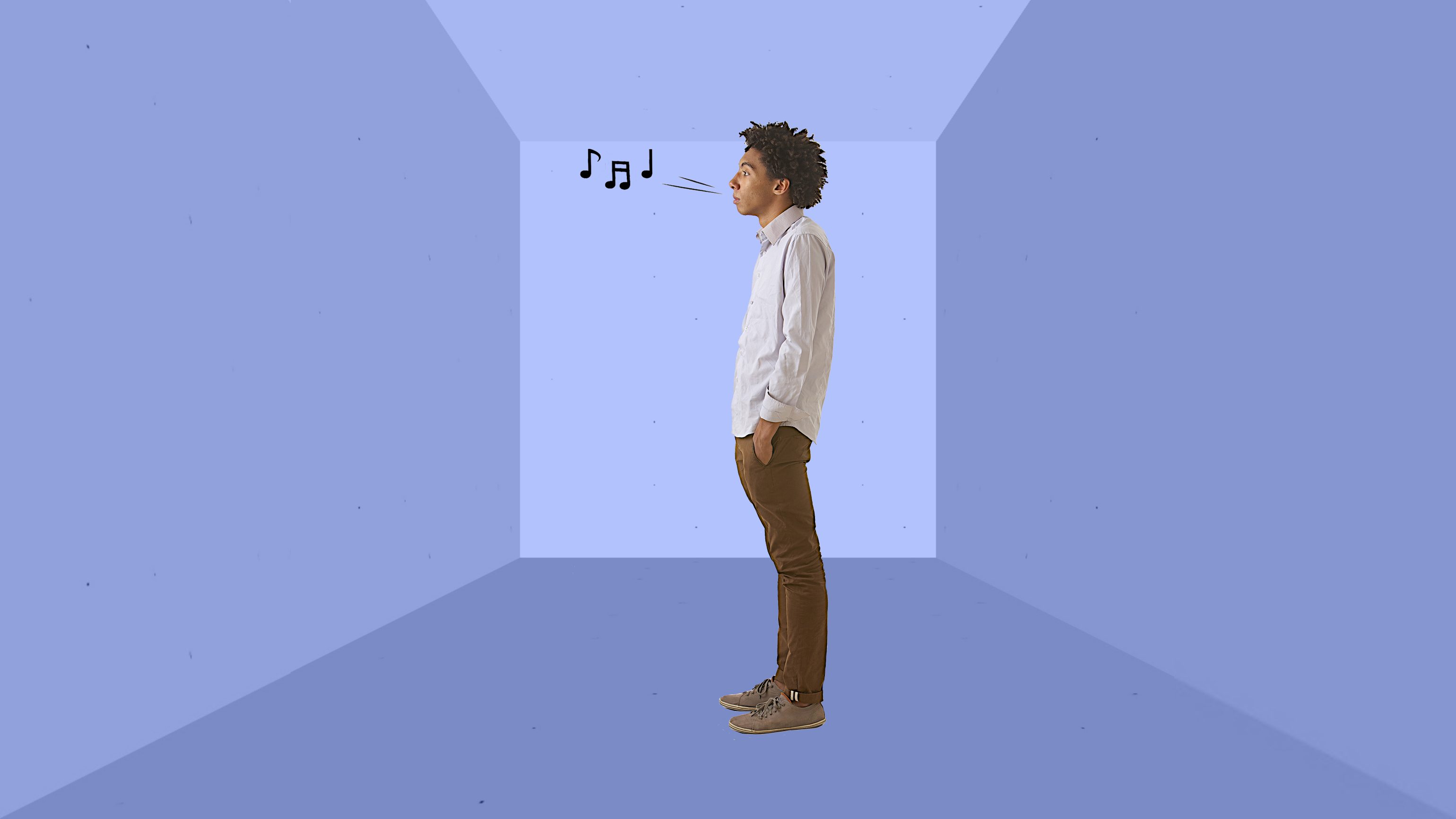Stress can build up inside us over time. Here’s what happens when it goes unrelieved.

- Chris Bailey is a productivity expert whose 2022 book How to Calm Your Mind explores the nature of stress and anxiety, and strategies to overcome them.
- In this excerpt of the book, Bailey covers chronic stress and how it can build up over time.
- When chronic stress goes unrelieved, it often leads to anxiety and burnout. But there are reliable ways to address and relieve stress.
The science behind stress suggests something curious: stress is something that can build up inside of us over time. When we don’t relieve the pressure that this stress creates and relieve it frequently, it only builds further.
Visualize, for a second, a strong, pressurized steel drum, with a pipe entering into it. That pipe is designed to do one thing: feed scalding steam into the drum. The drum fills with steam when the spigot is flipped to the on position. As a result, it becomes more pressurized. As you might have guessed, in this analogy, the strong container is your mind (and body), and the steam is stress.
This analogy works pretty well for visualizing the effects of stress— as well as the differences between chronic and acute stress. Acute stress is temporary but still feeds steam into the drum—we feel the additional pressure, even if only for a bit. In a life with only acute stress, we naturally and automatically engage in stress-relief strategies that let us, to use a fitting (and probably corny) analogy, let off some steam. As we go about our lives, we release stress by doing everyday stuff to unwind, like listening to podcasts, reading books, getting physical activity, and going on vacations.
In contrast, we never stop feeding chronic stress into the drum. The more chronic stressors we experience, the more steam we feed in, and the more pressure builds up. With an average amount of chronic stress—say, the pressure that comes from demands at work, running a household, or nagging financial concerns—we can manage just fine. We relieve enough pressure over time to feel stressed but remain present. This is especially the case when our stress originates from a pursuit of purpose in our life, when our efforts are connected with our values. It’s when we add too many unnecessary sources of stress—like compulsive checks of online news, social media websites, and apps— that stress begins to accumulate at a greater pace than we release it. Over time, we edge closer to our personal burnout threshold.
If you’ve felt some of the negative effects of stress I’ve mentioned in the book, like burnout and anxiety, you’ve probably felt them because, like me, pressure has built up with nowhere to go.
Doing nothing, your pressurized drum starts to shake. Anxiety.
Doing nothing for a longer period of time, the pressure accumulates, until your drum comes apart at the seams. Burnout.
At this point, you may have no choice but to pick up the pieces and start over again.
Fortunately for us, there is a release valve on the drum: stress-relief strategies that serve to balance our minds. These tactics let off steam and reduce cortisol so stress can’t accumulate to the point of adverse effect.
Here is another quick reflection question for you: Do you have more stress flowing into your life than out of it?
This is admittedly an impossible calculation to make, and you might not even know the answer. But if possible, get a rough handle on how well you’re doing.
In this way, at the risk of my sounding like a dork,* managing our stress can be thought of as a “flow optimization equation.” When we have too much stress flowing into our life, our drum starts to rattle, and then comes apart when enough unrelieved stress accumulates.
When the stress flowing into our life roughly equals that which flows out (the stress we relieve), we feel happy, energized, and engaged.
Not enough stress can also present a problem. Think back to the person at the unmotivated end of the productivity spectrum: when you have more stress flowing out than in, you may need to find sources of worthwhile stress, including new challenges to take on, lest you feel unmotivated just the same. Remember: good stress, often called eustress (the opposite of distress), makes life surprisingly enjoyable and meaningful across the longer arc of time.
If you’re anything like I was and have more stress flowing in than out, you must find ways of relieving the excess stress.
To set up how we can do so, let me share a story of another experiment I embarked on, conducting what is often called a dopamine fast. If you have some dopaminergic sources of stress remaining—that you still can’t resist for some reason—this tactic may help a surprising amount.
Along the way, we’ll reconnect with a few exciting neurochemicals that will propel us closer to calm.





